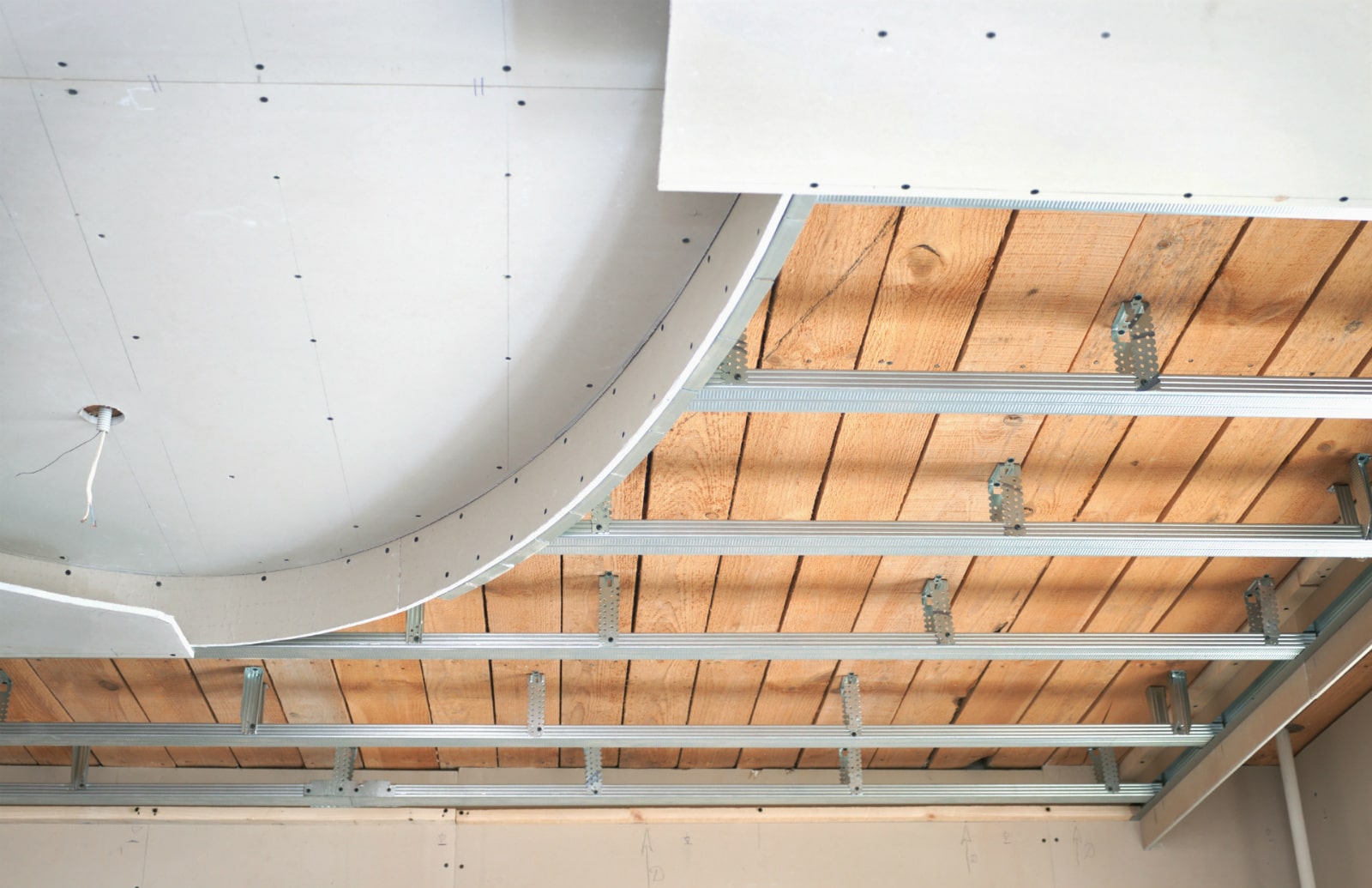In the realm of construction, the shift from traditional plaster to modern drywall has been a significant development. This article aims to delve into the reasons behind this transition, exploring the advantages and practicality of drywall over plaster. By understanding the factors that led to this change, we can gain insights into the evolution of construction materials and the impact they have had on the industry.
- The Rise of Efficiency:
One of the primary reasons for the replacement of plaster with drywall is the increased efficiency offered by the latter. Drywall, also known as gypsum board or wallboard, is manufactured in large sheets, making it easier and quicker to install compared to the labor-intensive process of applying plaster. This efficiency has resulted in significant time and cost savings for construction projects. - Enhanced Fire Resistance:
Another crucial factor contributing to the widespread adoption of drywall is its superior fire resistance properties. Unlike plaster, which is highly combustible, drywall is composed of gypsum sandwiched between layers of paper, creating a barrier that retards the spread of flames. This added safety feature has made drywall the preferred choice in both residential and commercial construction. - Improved Soundproofing and Insulation:
Drywall's composition and construction also offer enhanced soundproofing and insulation capabilities. The gypsum core acts as a sound barrier, reducing noise transmission between rooms and floors. Additionally, the air pockets within the drywall sheets provide insulation, improving energy efficiency and reducing heating and cooling costs. These benefits have made drywall an attractive option for creating comfortable and acoustically optimized living and working spaces. - Adaptability and Versatility:
Drywall's adaptability to various design requirements has played a significant role in its widespread adoption. Unlike plaster, which requires skilled craftsmen to create intricate designs, drywall can be easily cut, shaped, and molded to fit any architectural style or aesthetic preference. This flexibility has allowed for greater creativity and customization in interior design, making drywall a preferred choice for modern construction projects. - Environmental Considerations:
In recent years, the construction industry has increasingly focused on sustainability and environmental impact. Drywall, being made primarily from gypsum, a naturally occurring mineral, is considered more environmentally friendly compared to plaster, which requires significant amounts of energy and resources for production. Additionally, drywall can be recycled, further reducing its environmental footprint. These factors have contributed to the shift towards drywall as a greener alternative in construction.
Conclusion:
The replacement of plaster with drywall in the construction industry can be attributed to several key factors, including increased efficiency, enhanced fire resistance, improved soundproofing and insulation, adaptability to design requirements, and environmental considerations. The evolution of construction materials, as exemplified by the transition from plaster to drywall, showcases the industry's commitment to innovation, safety, and sustainability. By embracing these advancements, construction professionals can create spaces that are not only aesthetically pleasing but also functional, safe, and environmentally conscious.
